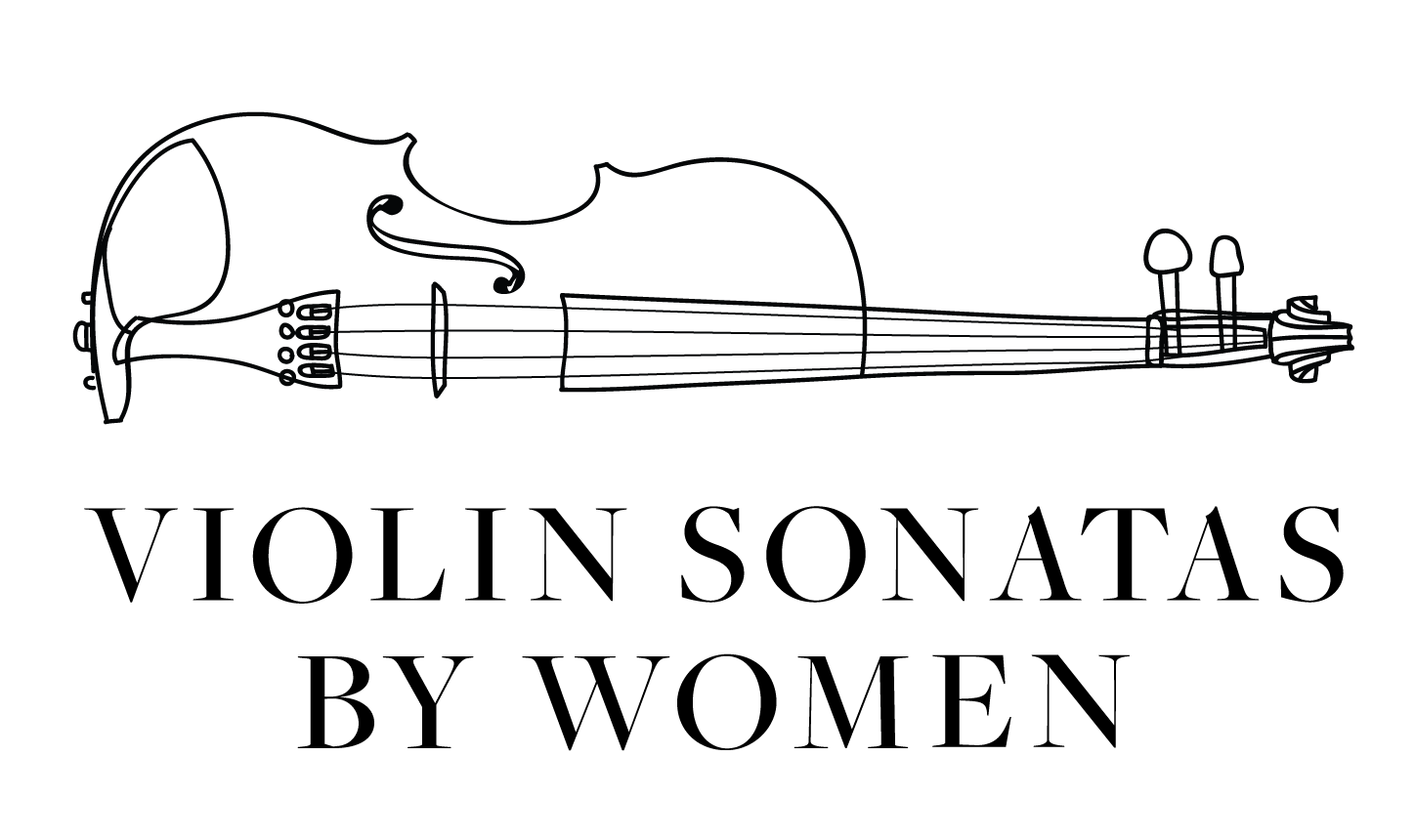Elfrida Andrée
Swedish Organist and Composer
Born: 1841 (Visby, Sweden)
Died: 1929 (Gothenburg, Sweden)
BIOGRAPHY
Born into a musical family in Visby, Sweden, Elfrida Andrée began piano lessons with her father. Andrée was already an accomplished organist at sixteen, and three years later, began musical studies with Ludvig Norman at the Royal Swedish Academy of Music in Stockholm.¹ Andrée was the first woman to receive a diploma in organ studies from the Academy.² During this time, women were not permitted to become professional church organists.³ Andrée was a catalyst in bringing about the change of the church policy and served as a major influence in women’s rights activism.⁴
Around 1860, Andrée submitted one of her works anonymously to the Swedish Art Music Society. It was accepted and published. (The piece would not have been accepted if the society had known that it was composed by a woman.) Around this time, Andrée won an official church organist position, outplaying the seven men also auditioning for the position.⁵
Serving as the lead organist for the Gothenburg Cathedral, Andrée continued performing and composing until her death at age 88. In addition, Andrée often conducted pieces she wrote for orchestra and choir, ultimately becoming the first female in Sweden to conduct a symphony orchestra. Her first symphony was performed in 1869 in Stockholm.⁶
Andrée wrote around 135 works in total, including pieces for piano, organ, and chamber groups. She was heavily influenced by the works of Felix Mendelssohn, Robert Schumann, and the French Romantic organ school.
Elfrida Andrée wrote two sonatas for violin and piano, both in 1872. These works were likely performed in home salon concerts, although they were not published during Andrée’s lifetime.
SONATA INFORMATION
Twenty-two years after writing this piece, Andree used aspects of her violin sonata as inspiration for her Organ Symphony, which won second prize in a composition competition.
I. Allegro (approx. ~4 min)
II. Andante cantabile (approx. ~4 min)
III. Finale: Allegro moderato e risoluto (approx. ~5 min)
Sonata for Violin and Piano in B-Flat Major (1872)
SONATA INFORMATION
I. Allegro con spirito (~5 min)
II. Andante cantabile (~2 min)
III. Finale. Allegro moderato e risoluto (~6 min)
SCORES
1. Manuscript Location: Unknown
2. Hildegard Edition: Hildegard, Koha, Pender’s Music Company, Carl Fischer, Worldcat
RECORDINGS
Annette-Barbara Vogel and Durval Cesetti: *Youtube, Spotify, Toccata Classics, Naxos, Presto Music, Discogs, Amazon, Apple Music
*The YouTube link indicates that it is the E Flat Major Sonata, however, it is actually the B Flat Major Sonata.
Sources
Öhrström, Eva."Andrée, Elfrida." Grove Music Online. 2001. https://www.oxfordmusiconline.com.ezproxy1.lib.asu.edu/grovemusic/view/10.1093/gmo/9781561592630.001.0001/omo-9781561592630-e-0000000885.
Öhrström, Eva. “Elfrida Andrée.” Swedish Musical Heritage, 2014. https://www.swedishmusicalheritage.com/composers/andree-elfrida/.
Öhrström, "Andrée, Elfrida." Grove Music Online.
Lewis, D. Elfrida Andrée biography, songs, & albums. AllMusic. 2022. https://www.allmusic.com/artist/elfrida-andr%C3%A9e-mn0001545694/biography.
Öhrström, Eva. “Elfrida Andrée.” Swedish Musical Heritage.Ibid.
Öhrström, "Andrée, Elfrida." Grove Music Online.

